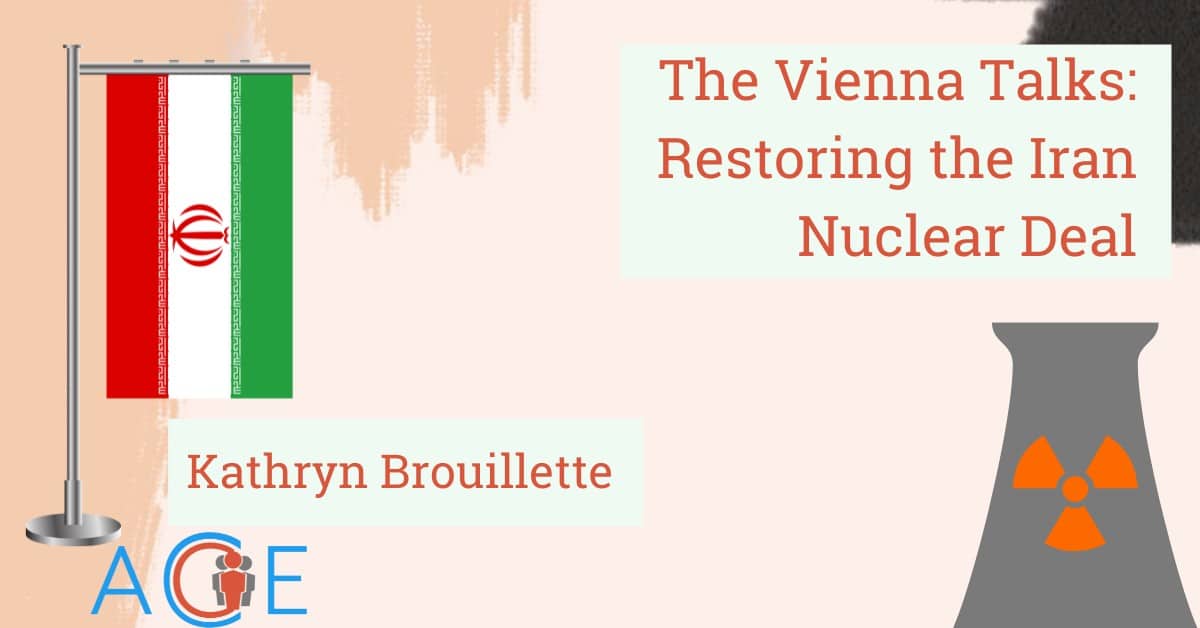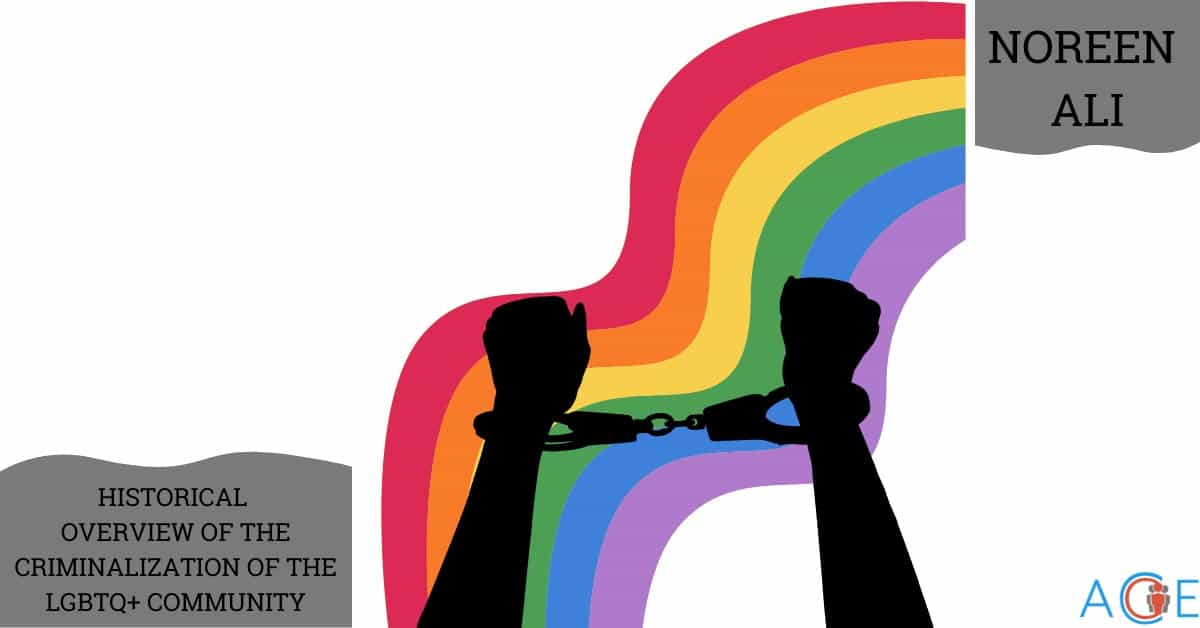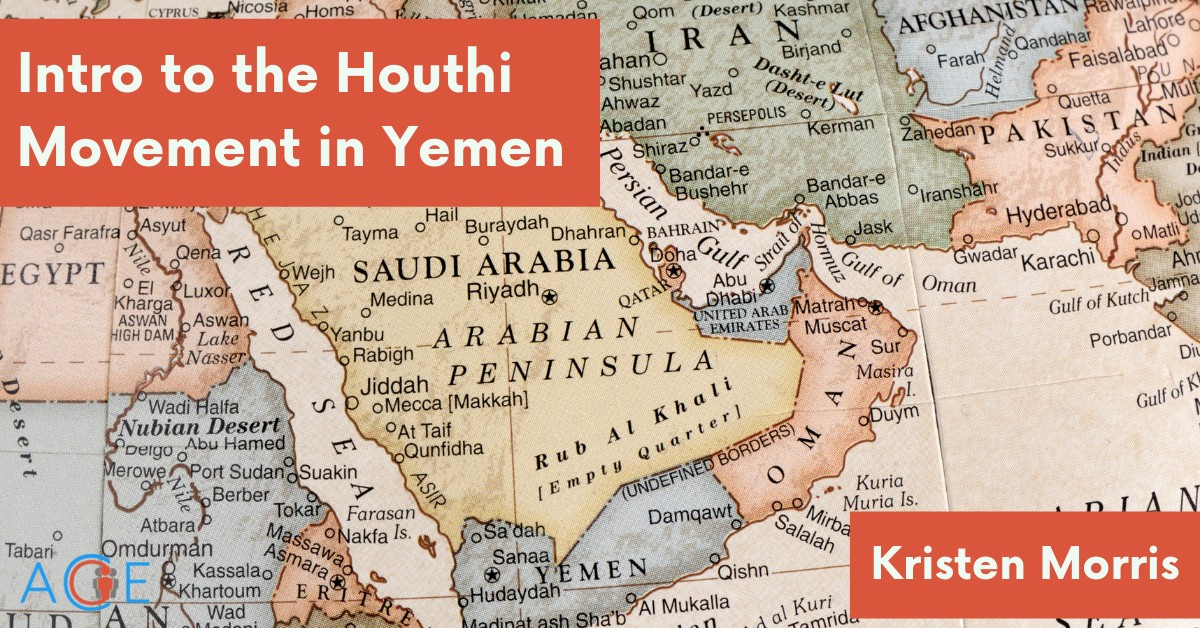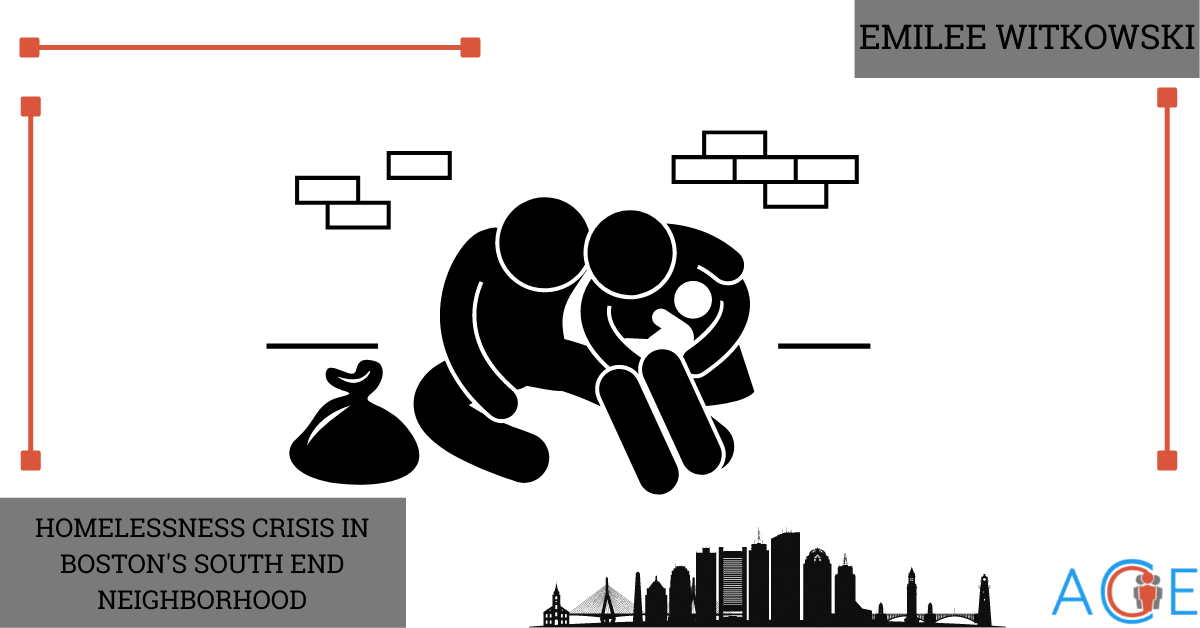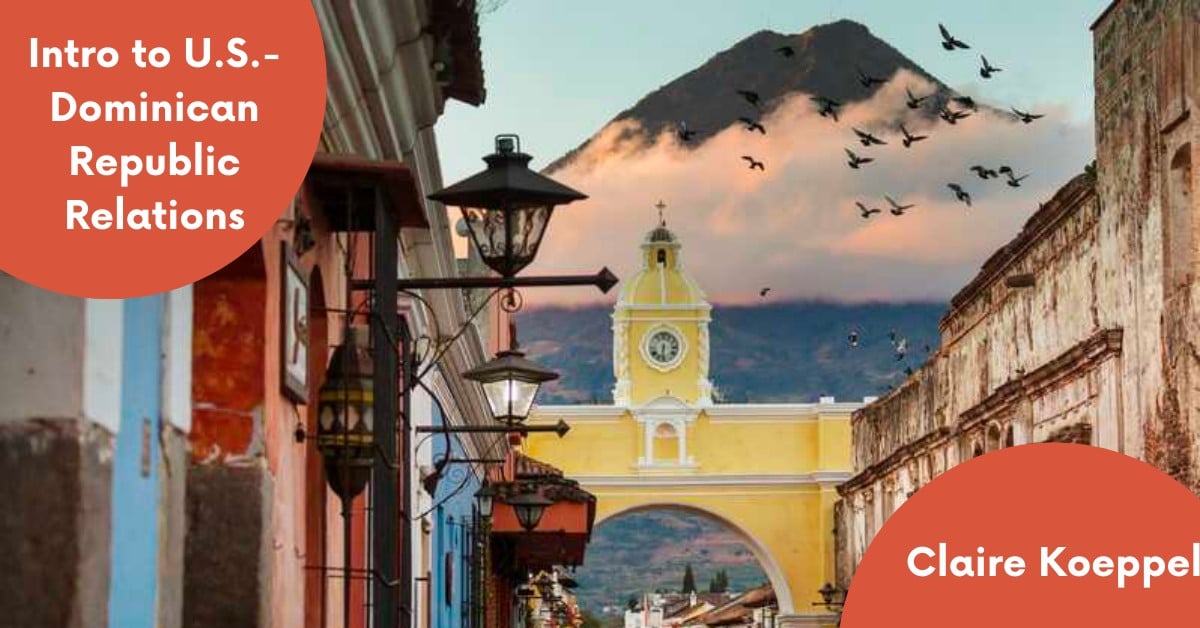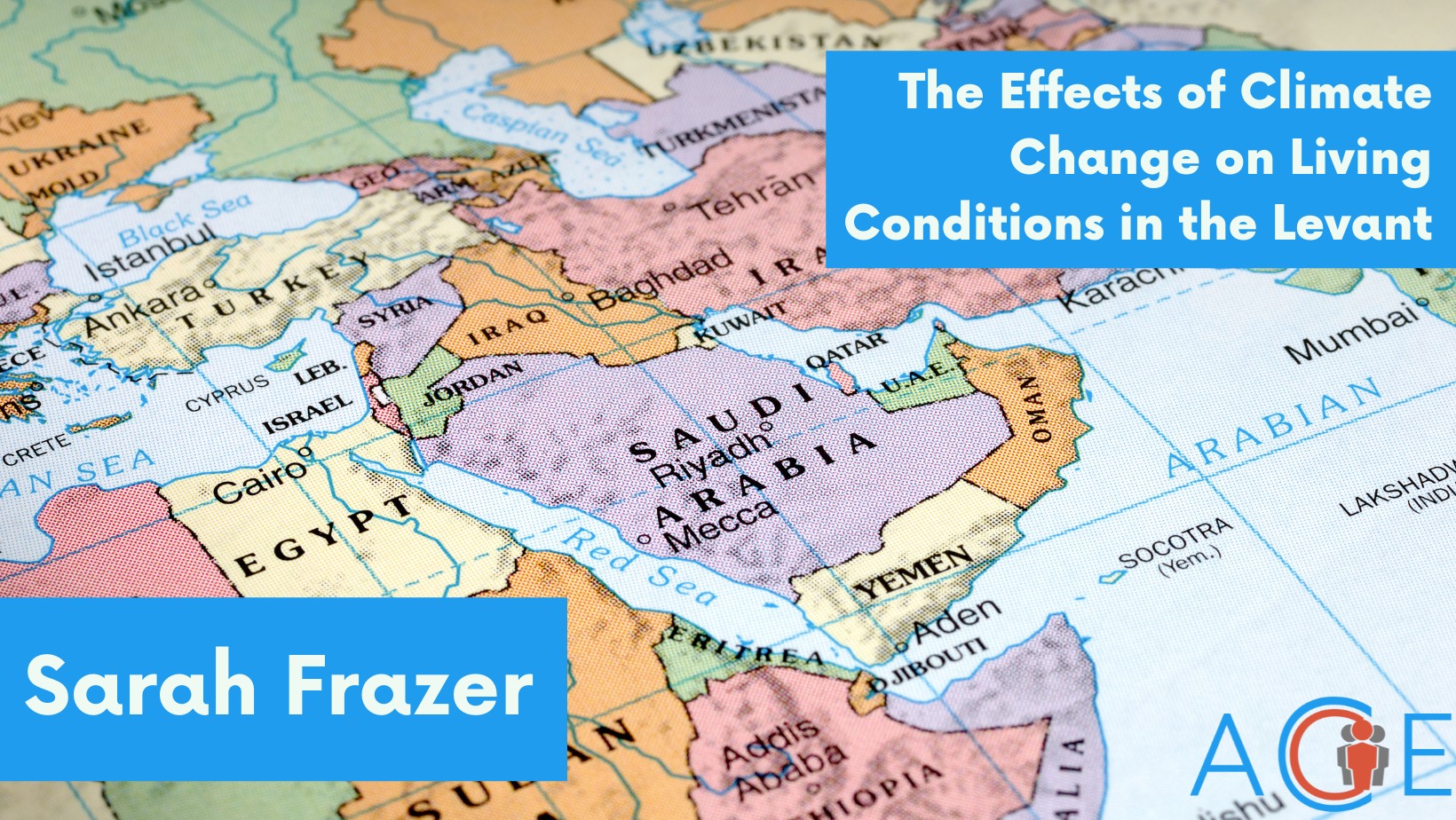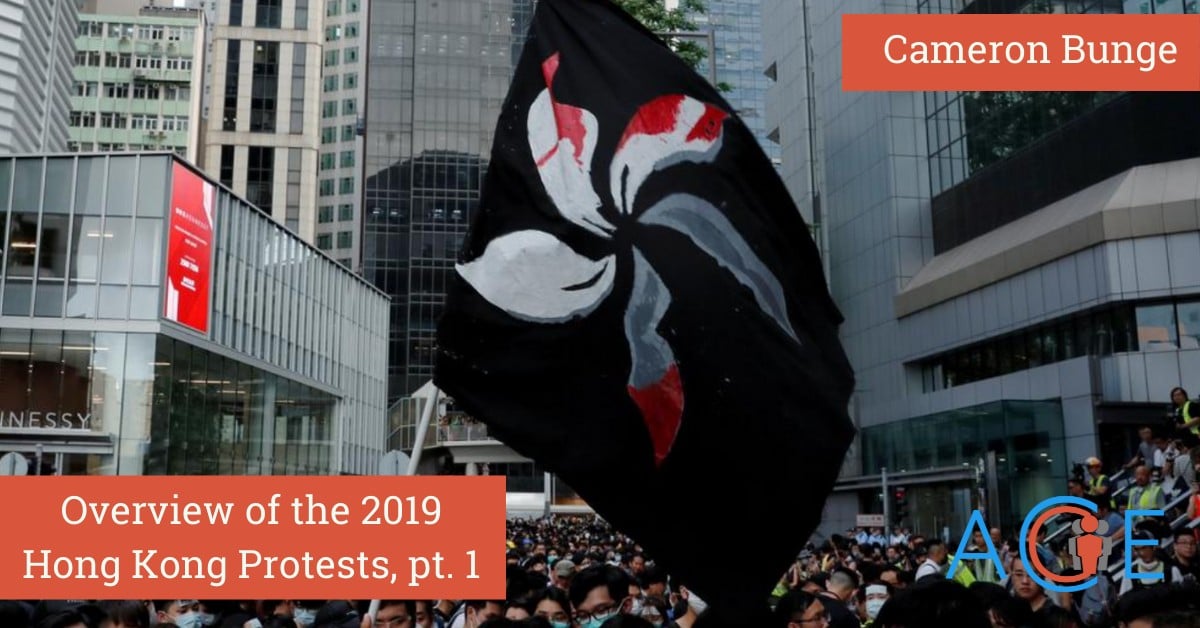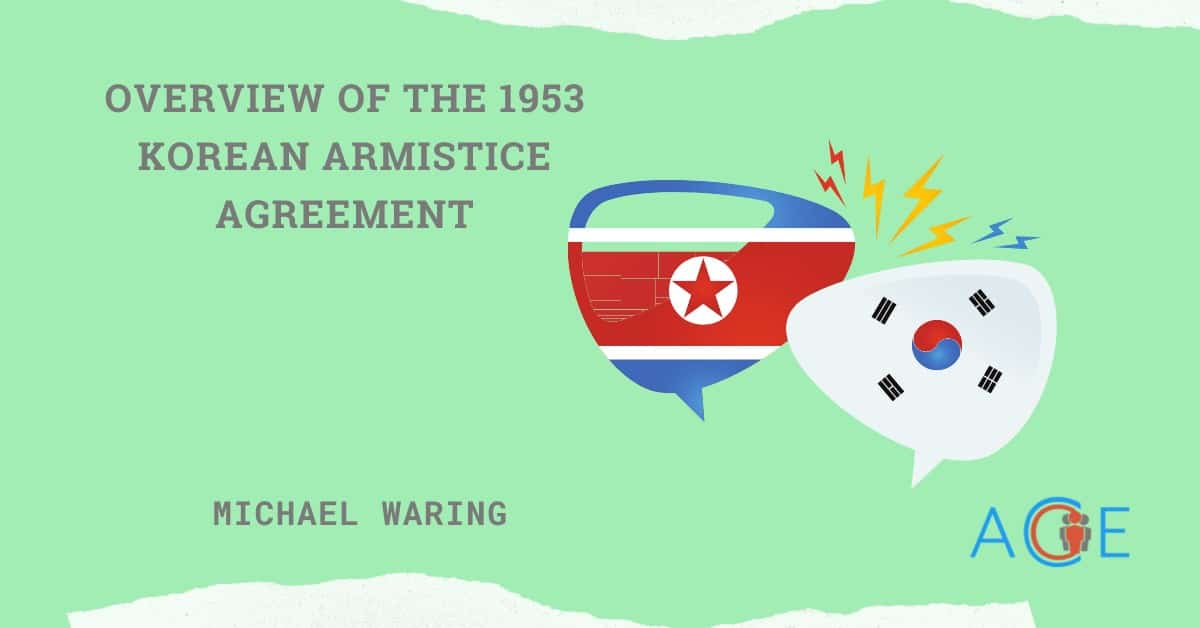Background
As a presidential candidate, Joe Biden pledged to reenter the Iran nuclear deal that the Obama administration brokered in 2015. The deal, formally known as the Joint Comprehensive Plan of Action (JCPOA), offered international sanctions relief in exchange for limitations on Iran’s nuclear program, which the Iranian government insists is for peaceful purposes. In 2018, the Trump administration unilaterally withdrew from the JCPOA and implemented a “maximum pressure” campaign consisting of harsher sanctions, new designations of terrorist organizations, and travel restrictions, among other measures. In response, Iran committed significant breaches of the JCPOA including enriching uranium to higher concentrations, exceeding uranium stockpile limits, developing advanced centrifuges, and restricting international monitoring.
In an op-ed written in September 2020, President Biden expressed his desire to “strengthen and expand” the deal to include provisions addressing Iran’s regional activities and ballistic missile program, among other concerns expressed by critics of the original deal. A month into his presidency, Biden made three preliminary moves to jump-start negotiations with Iran. First, the U.S. accepted an invitation from the EU to attend a meeting with the other JCPOA signatories, the P5+1–Britain, France, Russia, China, and Germany–and Iran to discuss a path forward. The Biden administration also reversed former President Trump’s decision to reinvoke all United Nations sanctions when Iran initially violated the terms of the agreement (known as “snapback sanction”). Finally, Biden removed travel restrictions on Iranian diplomats based at the United Nations in New York. Despite such overtures, Tehran rejected the invitation to meet and diplomacy initially stalled over disagreements about which country should make the next move. Iranian Foreign Minister Mohammad Javad Zarif refused to engage directly with the U.S. until Biden agreed to lift all sanctions imposed by the Trump administration. However, after weeks of discreet negotiations, Tehran committed to indirect talks with the P5+1.
The first round of negotiations began in Vienna on April 6, 2021. European envoys acted as intermediaries, shuttling between the Iranian and U.S. delegations. In initial meetings, the Joint Commission formed two expert working groups: one charting Washington’s timetable for lifting sanctions, the other discussing Iran’s plan for reversing nuclear breaches inconsistent with JCPOA guidelines. At the third round of talks, another working group formed to address the sequencing of measures necessary to bring the U.S. and Iran back into compliance with the JCPOA. Enrique Mora, the EU coordinator for the talks, reported “good progress,” a phrase echoed by U.S. Secretary of State Antony Blinken and Russian Ambassador Mikhail Ulyanov. However, after the sixth round of talks concluded on June 20, 2021, negotiations reached an impasse.
Challenges
Two events aroused suspicion during the talks, although it is unclear to what extent these events impacted negotiations. After the first round of talks in Vienna, an explosion hit Natanz, Iran’s key uranium enrichment facility. Iran blamed the act of “nuclear terrorism” on Israel, and in retaliation, increased its uranium encirchment level from 20 to 60%, a step closer to weapons-grade (90%). Although some JCPOA signatories expressed “grave concern” about Iran’s enrichment activities, Foreign Minister Zarif emphasized that Iran “will not allow this act of sabotage to affect the nuclear talks.” Shortly after the explosion at Natanz, a taped interview with Zarif was leaked to the press. In the recording, Zarif, who helped negotiate the original deal in 2015, alleged that Russian officials conspired with Iranian General Suleimani to sabotage the JCPOA before it was brokered in 2015, suggesting that Moscow sought to prevent Tehran from normalizing relations with the West. Iran’s Foreign Ministry characterized the leak as “illegal” and the Russian Foreign Ministry refused requests for comments. Despite skepticism from outside observers and JCPOA signatories, negotiations continued seemingly unaffected by the revelations, although the explosion in Natanz pressured the delegations to expedite the negotiation process.
Aside from external controversies, Iran’s domestic politics played a substantial role in delaying negotiations. Throughout the talks, Iran’s outgoing president Hassan Rouhani faced pressure from a hardline parliament hostile to the JCPOA. Rouhani blamed a law passed by the Iranian parliament and Guardian Council in December 2020 for hindering diplomatic success. The law, which required the Atomic Energy Association of Iran to accelerate its nuclear development if certain sanctions were not lifted, raised concern from other JCPOA participants and cast doubt regarding Iran’s commitment to the deal. Additionally, some observers including Ali Raibee, a spokesperson for the Rouhani government, contended that Iran’s Supreme Leader Ali Khamenei sought to postpone a final agreement until Iranian elections in June, which promised a hardline victory. After a controversial vote on June 18, the new hardline president Ebrahim Raisi requested time to consolidate a new government before continuing negotiations in Vienna. Raisi’s decision was no shock, as Zarif and other JCPOA signatories previously expressed a desire to reach an agreement before Raisi’s election. Since Raisi’s election, no date has been set to resume talks in Vienna.
Future Prospects
Despite speculation, the Biden administration stated that the new Iranian government would not significantly alter Tehran’s negotiating position. However, President Raisi has held firm that regional and missile issues are “non-negotiable,” complicating Biden’s plan to open discussions related to these matters. Although the Biden administration and the other JCPOA signatories have confirmed their willingness to resume negotiations after Raisi forms a new government, White House officials have warned that the option will not remain open “indefinitely.” Aside from disagreements over the lifting of U.S. sanctions, members of the JCPOA are concerned that Tehran’s nuclear escalation resulting from the 2020 law has shortened Iran’s breakout window—the time it would take Iran to produce enough fissile material for one nuclear bomb. If Iran’s recent nuclear developments are irreversible, the one-year breakout period envisioned in the 2015 accord may be null and JCPOA signatories may be less willing to restore the 2015 deal as it stands if the intended nonproliferation benefits are weakened.
Although the U.S. and its JCPOA partners have expressed a desire to resume talks in Vienna immediately, Iranian officials have requested bilateral meetings with EU officials in Brussels to find “practical solutions to the current deadlock in Vienna.” The Biden administration views this step as unnecessary and recently announced its willingness to explore a “Plan B” with Israel. The current path forward remains unclear, as questions regarding U.S. sanctions relief and Iran’s breakout time complicate the prospect of future diplomatic negotiations. Presently, Tehran is not ready to resume a seventh round of talks in Vienna, and the Biden administration’s current rhetoric indicates increasing impatience over the deadlock.
